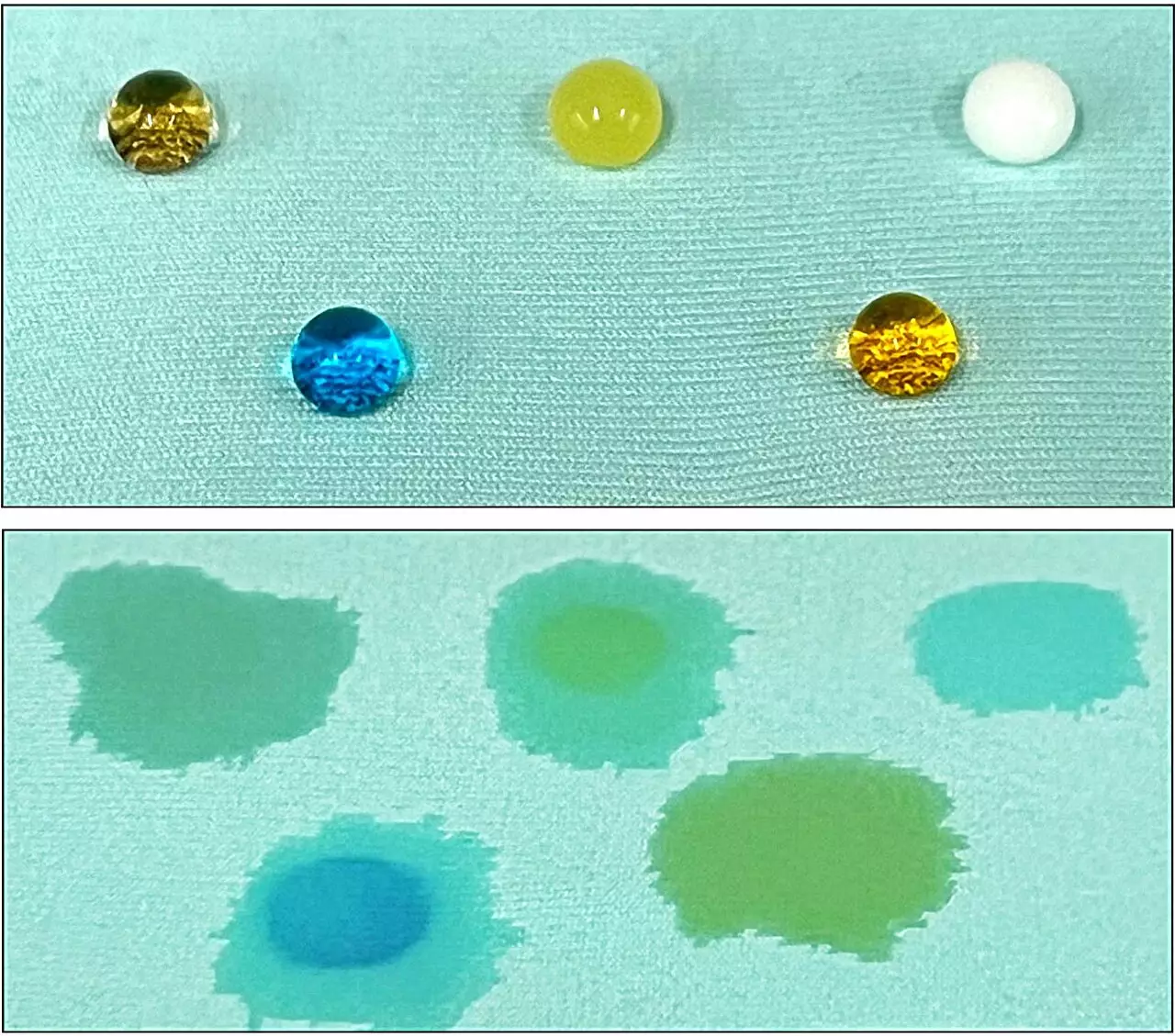Recent advancements in textile technology are paving the way for a more sustainable and eco-friendly approach to waterproof clothing. A team of researchers at Cornell University, led by Professor Juan Hinestroza, has developed a groundbreaking technique that aims to produce superhydrophobic coatings from discarded textiles. This breakthrough could significantly reduce the negative environmental impact frequently associated with conventional waterproofing chemicals that contain harsh and potentially carcinogenic substances. The research not only addresses the dire need for safer alternatives but also promotes an innovative method of recycling textiles that would otherwise contribute to waste.
The Need for Change in Textile Manufacturing
Textile waste presents an alarming problem in contemporary society, with Americans reportedly discarding between 80 to 100 pounds of clothing per person every year. The fashion industry’s relentless cycle of production and consumption makes it necessary to find solutions that mitigate the impact on landfills and resource depletion. This new research emphasizes the urgent requirement to transition away from conventional manufacturing processes that utilize harmful chemicals. Common waterproofing treatments often involve fluorinated compounds—dubbed “forever chemicals” due to their persistence in the environment—that can devastate ecosystems and human health.
Turning Waste into Resources
The Cornell research team’s revolutionary approach begins with the synthesis of a metal-organic framework (MOF) that can be derived directly from discarded fabrics. By employing a low-temperature technique, the researchers can create these coatings at room temperature, utilizing environmentally benign solvents like water and ethanol. This method stands in stark contrast to traditional processes, which often rely on extensive separation and purification treatments—both energy-intensive and financially taxing. This innovation reflects a significant shift in textiles, encouraging the upcycling of waste materials into functional components, thus fostering sustainable practices.
At the heart of this research is a depolymerization technique that converts used polyester textiles into a composite mixture. The process begins with exposing discarded fabrics to an alkaline solution, which facilitates the breakdown of polyester into simpler molecules, enabling the production of disodium terephthalate—a key linker for synthesizing the UiO-66 MOF. This innovative approach allows for the efficient recovery of valuable resources embedded in textiles while providing a secondary application that extends the lifespan of these materials. By showcasing the potential of repurposed fabrics, the research underscores the importance of circular systems in reducing waste.
Waterproofing Functionality: Testing and Results
The Cornell team’s testing revealed that by varying the ratio of solvents used, they could achieve significant hydrophobic properties in the MOF constructed over a polyester and spandex base. Interestingly, the remnants of spandex altered the hydrophilic nature of the resulting MOF, enhancing its water-repellency. Notably, the new coating proved resilient through repeated washing and abrasion tests, highlighting its durability and practical application for everyday use. This finding debunks the myth that sustainable alternatives are inherently less effective, showcasing that eco-friendly solutions can stand up to traditional material performance.
Beyond the technological advancements, Hinestroza urges a shift in consumer mindset. The collective responsibility of both consumers and manufacturers is essential in fostering sustainable practices. Rather than placing blame solely on brands for environmental degradation, emphasis should be placed on conscious consumption choices. By understanding that demand fuels production, consumers can influence the course of the industry, prioritizing sustainable options over disposable fast fashion. As the research demonstrates, practical applications derived from upcycled materials can provide effective and responsible solutions to common challenges faced in textile manufacturing.
The work conducted by the Cornell research team offers a promising glimpse into the future of sustainable textile manufacturing. By combining innovation with environmental responsibility, we have the capacity to tackle pressing waste issues while meeting the demands of modern consumers. The development of waterproof coatings from textile waste is not just a novel idea; it represents a significant stride toward reducing the reliance on harmful chemicals and promoting a more circular economy. As this research continues to evolve, it serves as a beacon of hope for a cleaner, greener future in fashion and textiles.

